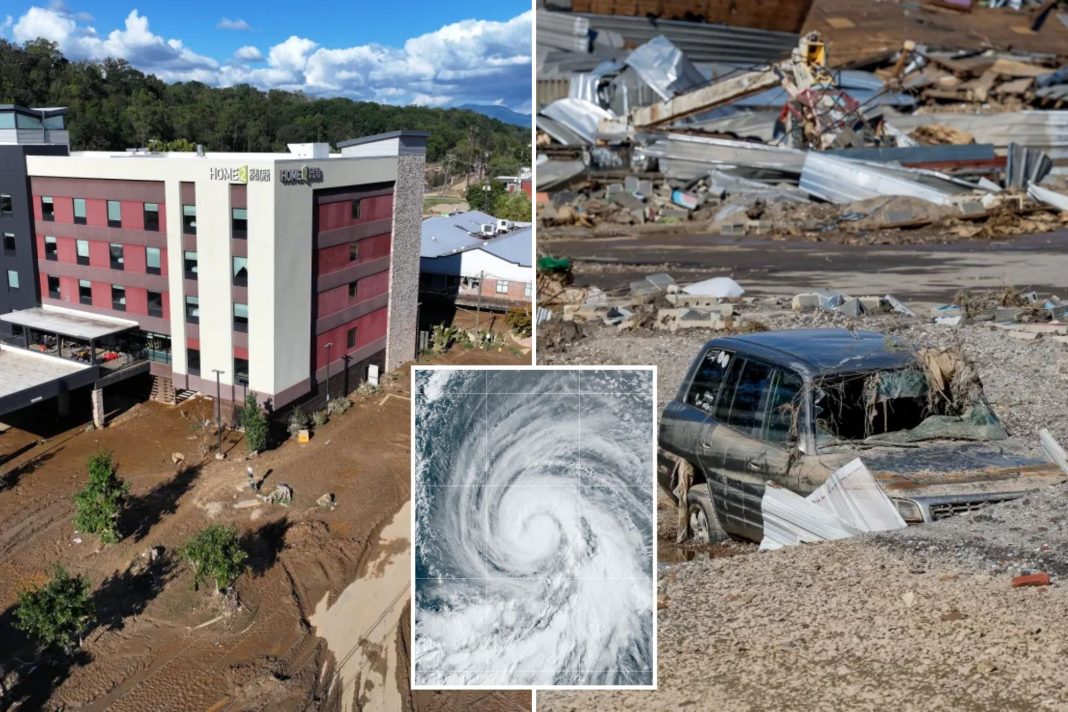As the Atlantic churns with activity, Hurricane Kirk has escalated into a formidable Category 3 storm, showcasing the volatile nature of weather patterns during hurricane season. The storm, with maximum sustained winds reaching 120 mph (195 kph), is currently situated approximately 1,150 miles (1,855 kilometers) east-northeast of the Lesser Antilles. Forecasters anticipate that Kirk could rapidly intensify into a major hurricane, raising concerns among meteorologists and coastal communities alike.
Despite Kirk’s growing strength, as of now, there are no coastal watches or warnings in effect, and the system is not yet considered a direct threat to land. However, it is moving northwest at 12 mph (19 kph), with expectations of a gradual turn towards the north-northwest and eventually northward in the coming days. The implications of this path could lead to significant swells impacting the Leeward Islands and Bermuda by the weekend, potentially creating “life-threatening” surf and rip current conditions, according to experts at the U.S. National Hurricane Center.
The timing of Kirk’s emergence is particularly poignant, as communities in the U.S. Southeast grapple with the aftermath of Hurricane Helene, which devastated areas just weeks prior. The destruction left in Helene’s wake is profound, with reports detailing catastrophic damage and widespread disruption to essential services. Many residents are still struggling with the loss of running water, electricity, and cellphone service, complicating recovery efforts. In scenes of resilience, local organizations have mobilized to provide food and aid to those affected, demonstrating the strength of community bonds in times of crisis.
Meanwhile, the Atlantic is not resting on its laurels. On the same day Kirk intensified, Tropical Storm Leslie formed in the eastern Atlantic and is poised to strengthen into a hurricane by the weekend. Currently located about 490 miles (790 kilometers) southwest of the Cabo Verde Islands with sustained winds of 40 mph (65 kph), Leslie is another reminder of the hurricane season’s unpredictability. Like Kirk, Leslie poses no immediate threat to land, but the potential for growth into a more significant storm looms.
The Atlantic hurricane season, which runs from June 1 to November 30, has been marked by a series of storms that challenge the preparedness of coastal communities. According to the National Oceanic and Atmospheric Administration (NOAA), the frequency and intensity of hurricanes have been influenced by climate change, with warmer ocean temperatures providing more energy for storm development. In fact, a recent study published in the journal *Nature* suggests that the intensity of hurricanes has increased by about 40% over the past few decades due to these environmental changes.
As the seasons shift, it is imperative for individuals and communities to stay informed and prepared. The unpredictability of storms like Kirk and Leslie serves as a sobering reminder of nature’s power. In light of ongoing recovery efforts from recent hurricanes, it is crucial for residents in vulnerable areas to establish emergency plans, stay updated on weather forecasts, and engage with local preparedness initiatives.
In summary, as Hurricane Kirk and Tropical Storm Leslie make headlines, they highlight not only the immediate threats posed by these storms but also the broader implications of climate change on weather patterns and community resilience. As we navigate through this hurricane season, the stories of recovery and preparedness will be just as important as the storms themselves, shaping the narrative of resilience in the face of nature’s fury.

